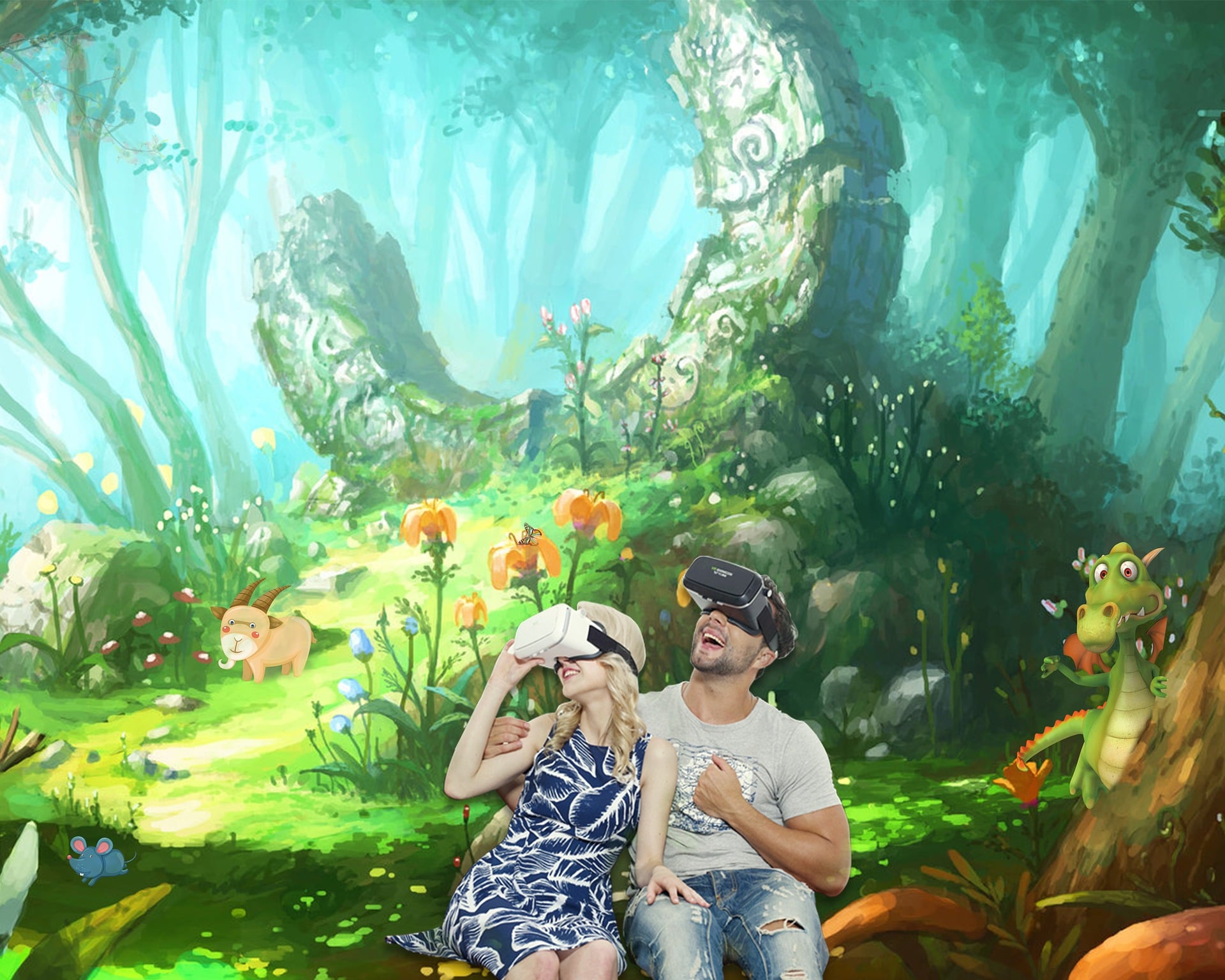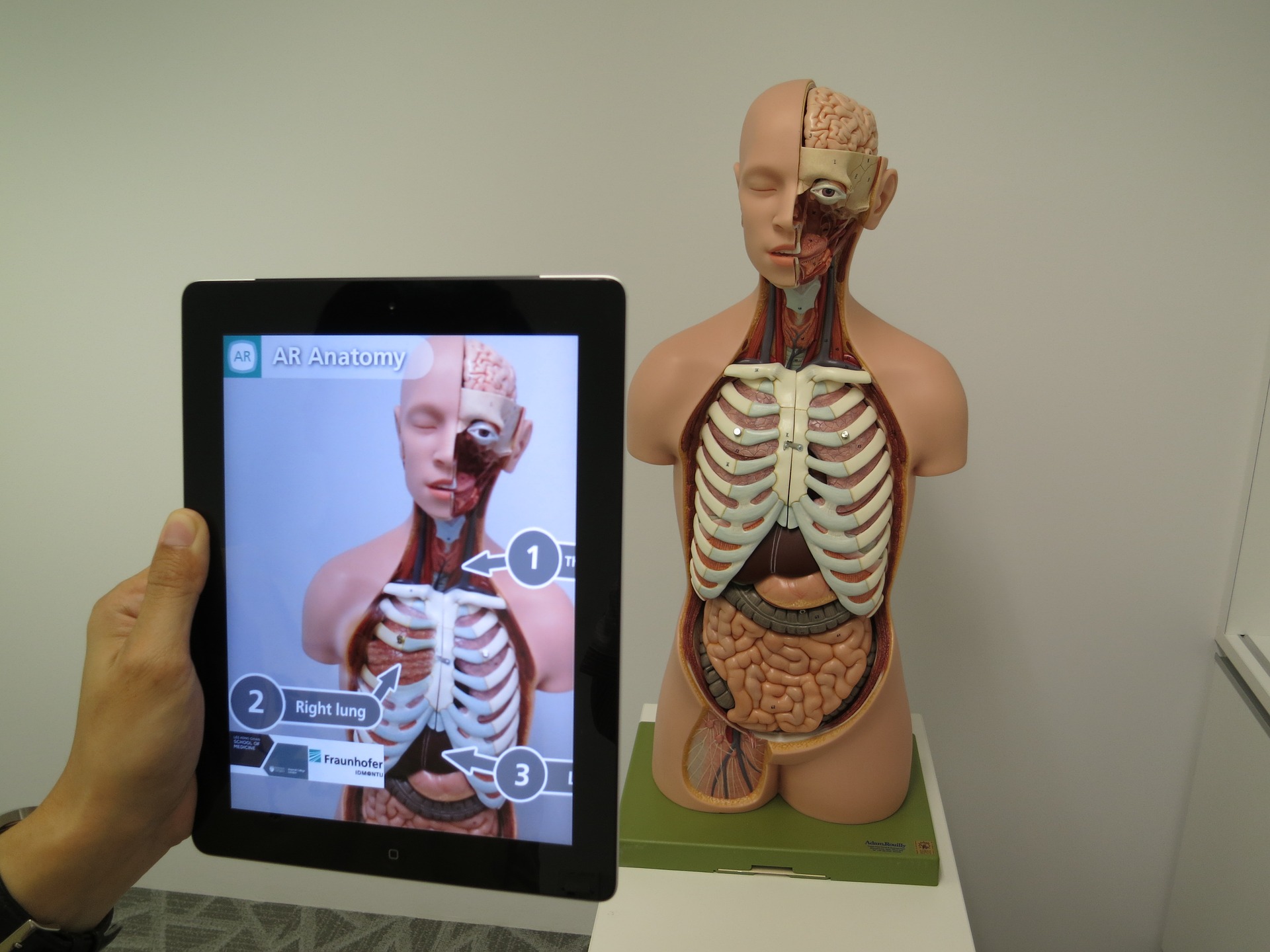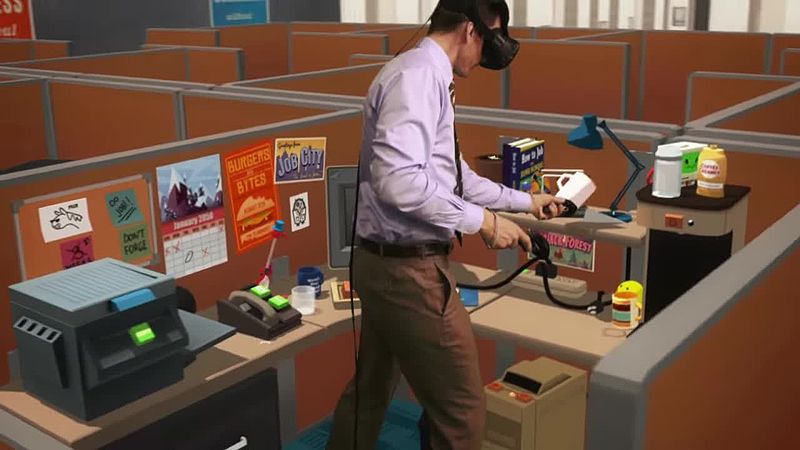Spotlight: Part 1 of 3 – Trade Show Virtual Reality, AR, & MR

In this program we will be covering trade show virtual reality and other technologies that impact industry event professionals over a series of articles. We will introduce and explain them, hold an interview with a major player in that project, and cover their potential specific applications for professionals in this industry.
This series will be on new engagement technologies in Virtual Reality, Augmented Reality, and a new but growing category, Mixed Reality.
Part 1: Introduction to VR, AR, and MR
Part 2: Interview with VR, AR, and MR on the impact of event marketing and future promises
Part 3: Specific Application, Current Resources, and Summary

Part 1: Introduction to VR, AR & MR
By: Michael Kelly - Partnerships, Alliances, & Customer Success Programs at American Image Displays
Industry events are primarily about building connections. The most obvious connections are between companies’ markets and those companies’ teams. However, whether they are trade shows, expos, industry events or even roundtables, there are always tradeoffs that must be made in creating those connections. Companies cannot possibly brand to every decision maker with which they find opportunities because they are limited in space, time, logistical challenges, opportunity costs of certain team members attending and a host of other factors.
However VR (Virtual Reality) and AR (Augmented Reality) are moving beyond simply being ‘trade show tinsel’ to attract interest to an exhibit. They are turning into powerful tools that allow companies to tailor messaging to opportunities, simulate customer experiences, allow greater exploration of their inventory, and much more.
Both VR and AR show tremendous promise in being as ubiquitous as current web engagement. The goal of this series is to introduce the event marketer to VR & AR, explore some potential applications of these technologies to areas of value to the event marketer, and then cover how and where the event marketer or agency can find the resource + expertise to apply these technologies now.
What is Virtual Reality? (VR)
Virtual Reality, often abbreviated VR, is a technology that simulates an environment primarily through visual stimuli. Most VR consists of an immersive display, but this could be pre-rendered (like 360 degree video) or real-time (computer generated). The key aspect of VR is that it simulates a space but does not interact with the real world and attempts to extract the user from real-world stimuli. Another element that is common to much VR is free navigation through at least part of the simulated world.
VR is useful when you want the user to be able to simulate leaving the current space and entering a new space. VR is also useful when you want to remove the user’s ability to take in stimuli from current surroundings and replace them with simulated stimuli instead.

Simulating changes in scale, perspective, or perception to allow participants to gain new information or make better decisions. An example would be the aforementioned surgeon changing the scale in order to make small movements with more precision in order to operate on small body parts effectively.
Devices that offer primarily VR include: Oculus Rift, HTC Vibe, Samsung Gear, and Google Daydream View (also Google Cardboard)
What is Augmented Reality? (AR)
Augmented Reality is when visual and sometimes auditory stimuli is presented with the existing perspective. AR is generally used to refer to information presented but not interacting with the the user space. AR in this use is used to present information over an existing space to provide additional context or an additional engagement layer.

Generally AR will either add content to an existing background (usually a photo or video) as a layer above it. Sometimes it will interpret and add information or content to this, such as a map application that you can use in a smartphone that will show the names of landmarks and places of business in the viewed area.
Examples of AR exist on many current tablet and smartphone app stores. A number of Apps use AR including map apps and a number of games such as Pokemon Go.
Devices that used primarily AR was Google Glass and Snapchat Spectacles
What is Mixed Reality? (MR)
When generated content is able to react or interact with the user space, especially to simulate existing within the space, that type of AR is sometimes referred to as Mixed Reality (MR). MR is fairly recent as a viable product but has tremendous application for the event marketing space. It provides the promise of being able to manipulate digital images that react with the existing physical space.
More importantly, the nature of MR does not isolate the user like VR does, which makes the ability to engage users with other human beings more viable. Since a key to successful event marketing is building relationships in market the challenge that VR presents in allowing one to engage with and communicate with the user is much easier with MR. MR also makes group engagement more viable.
If AR is out of your range, we put together some thriftier booth tech solutions to try.

Next issue: Part 2: Interview: The VR, AR & MR impact on event marketing / Future promises & benefits
